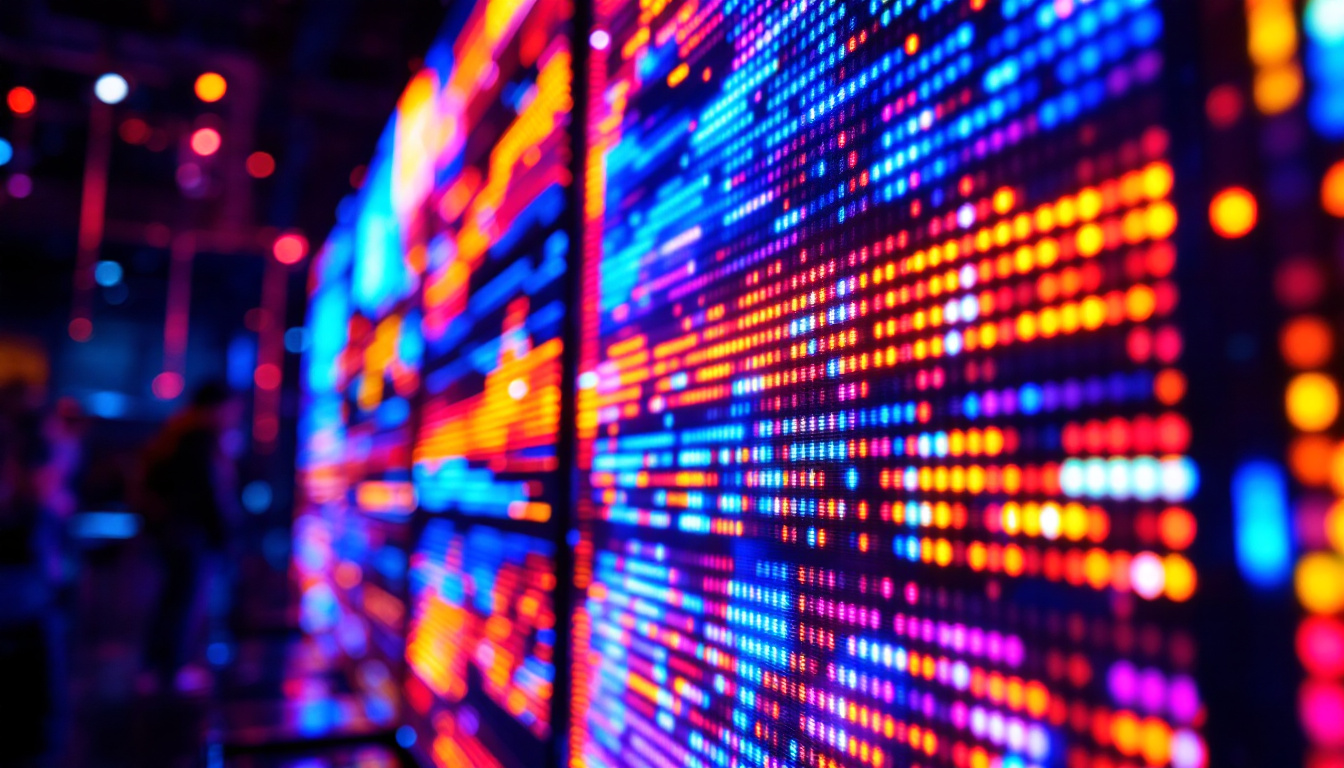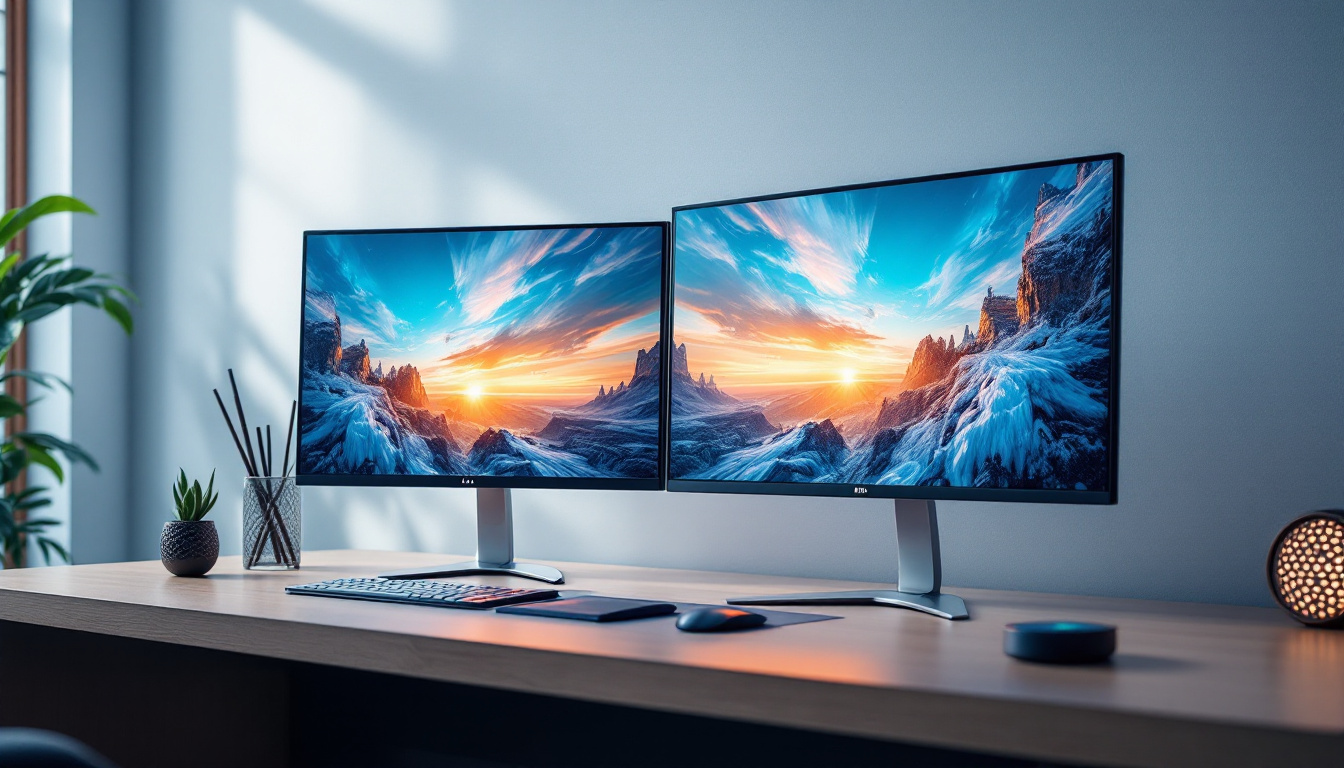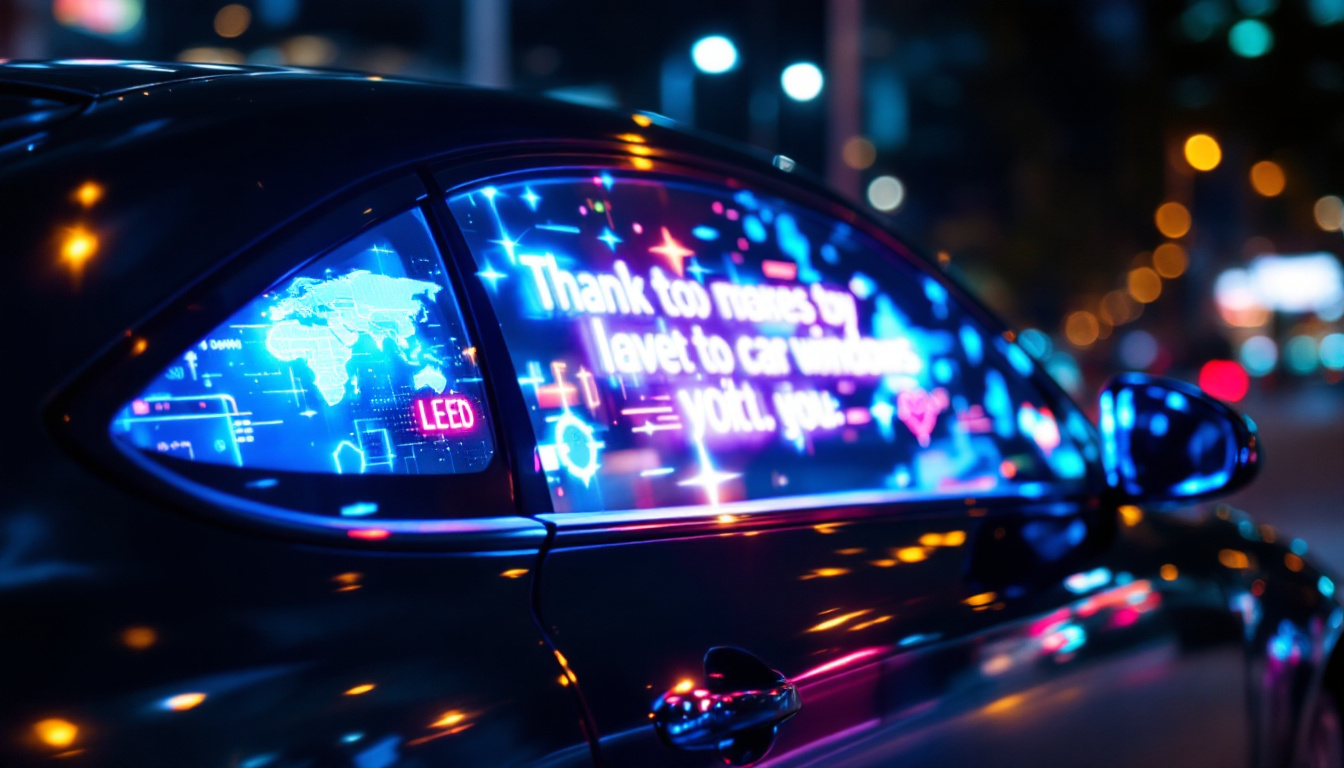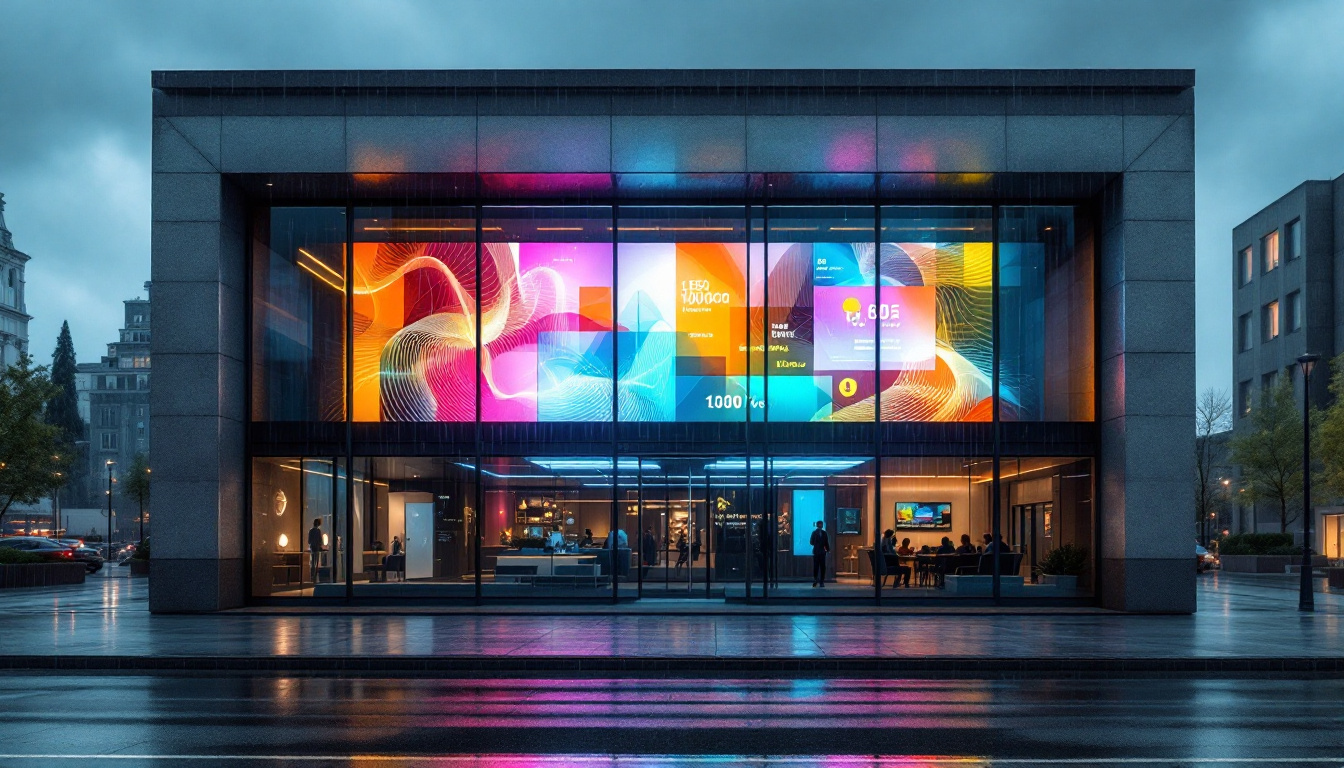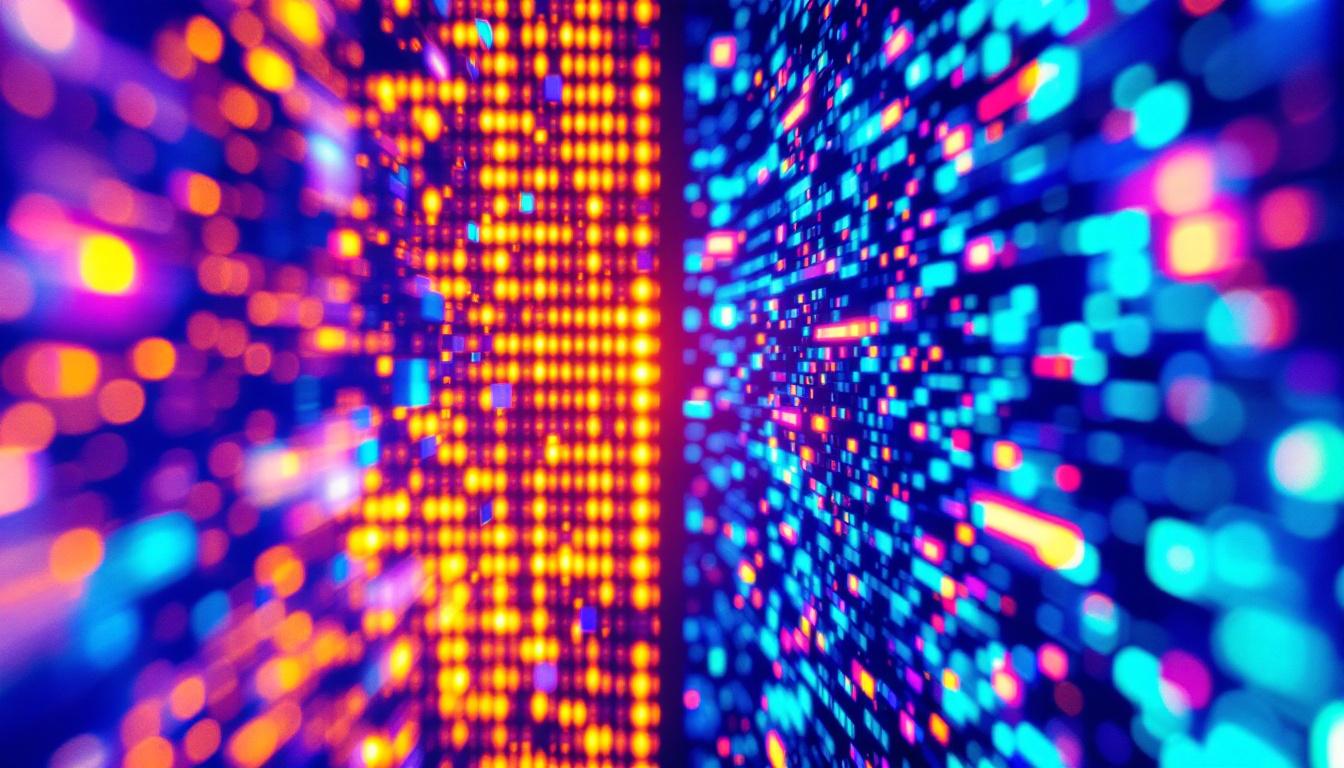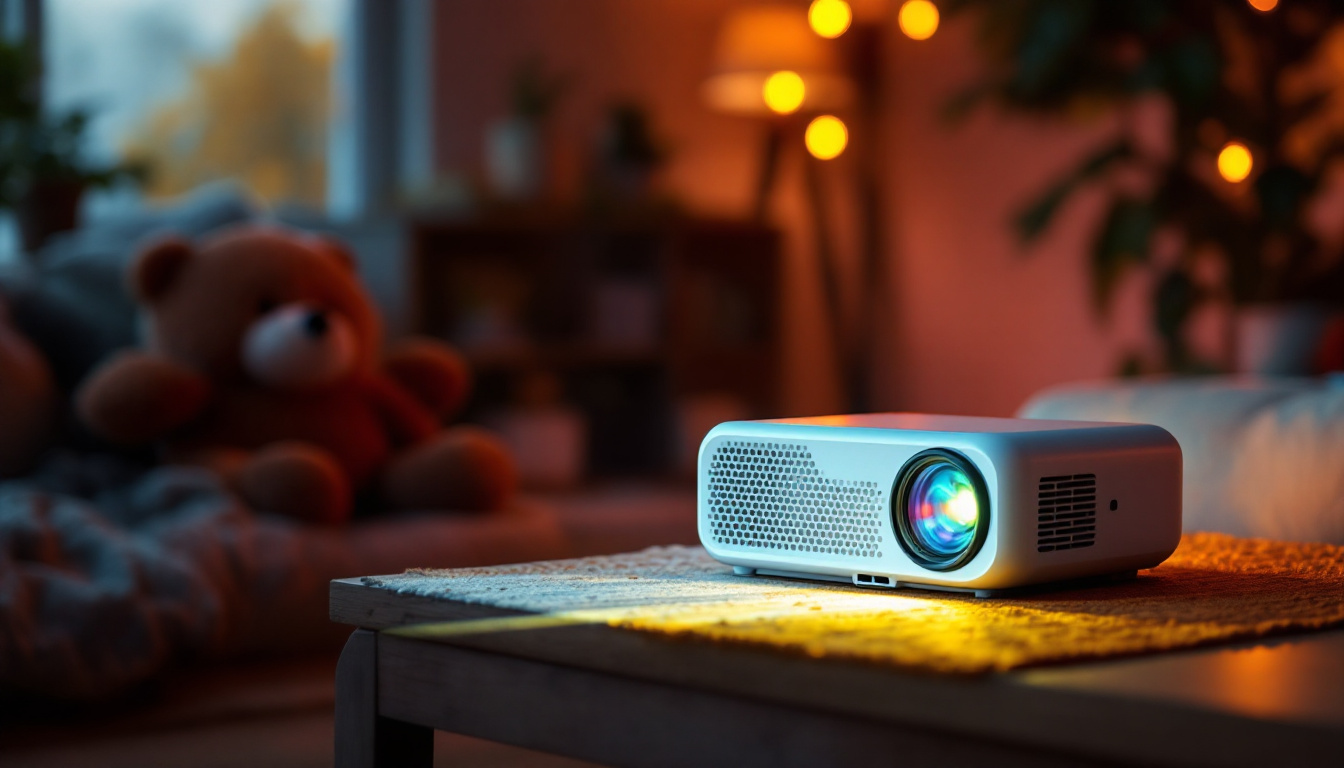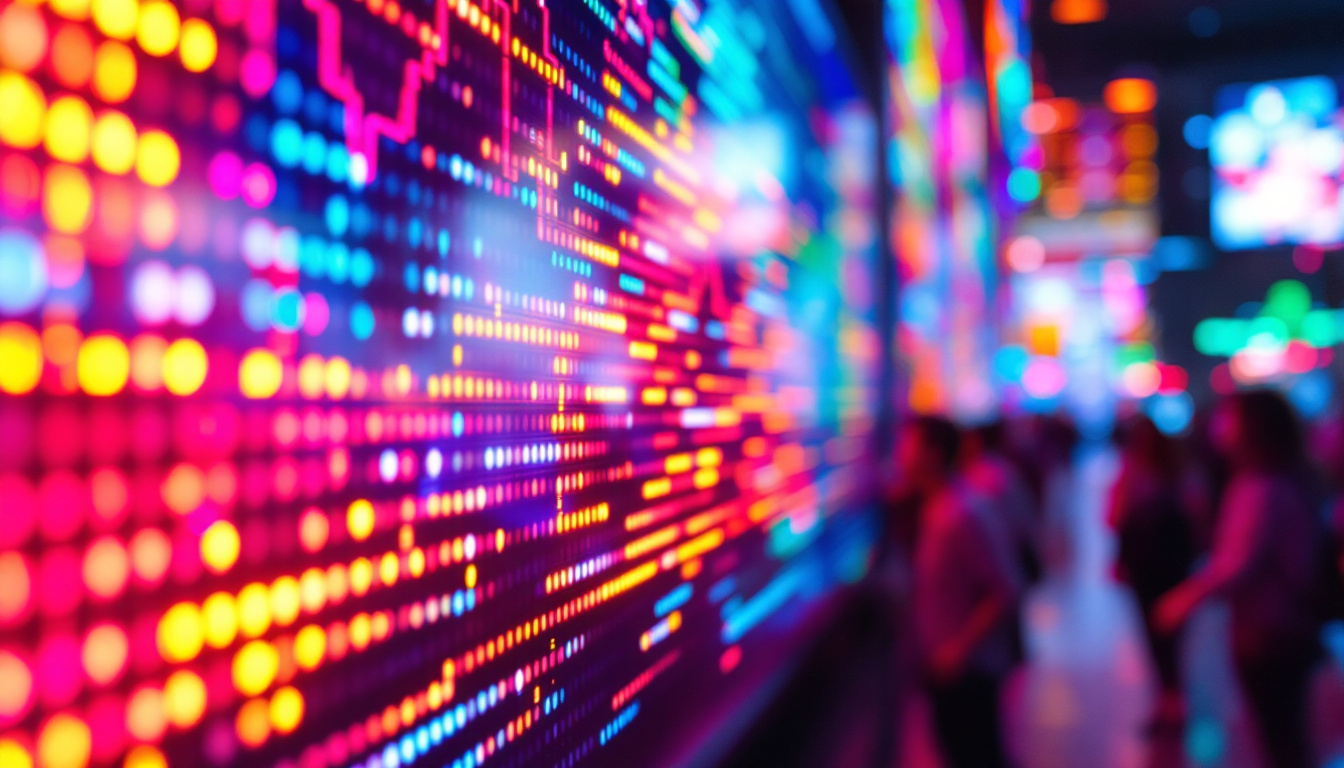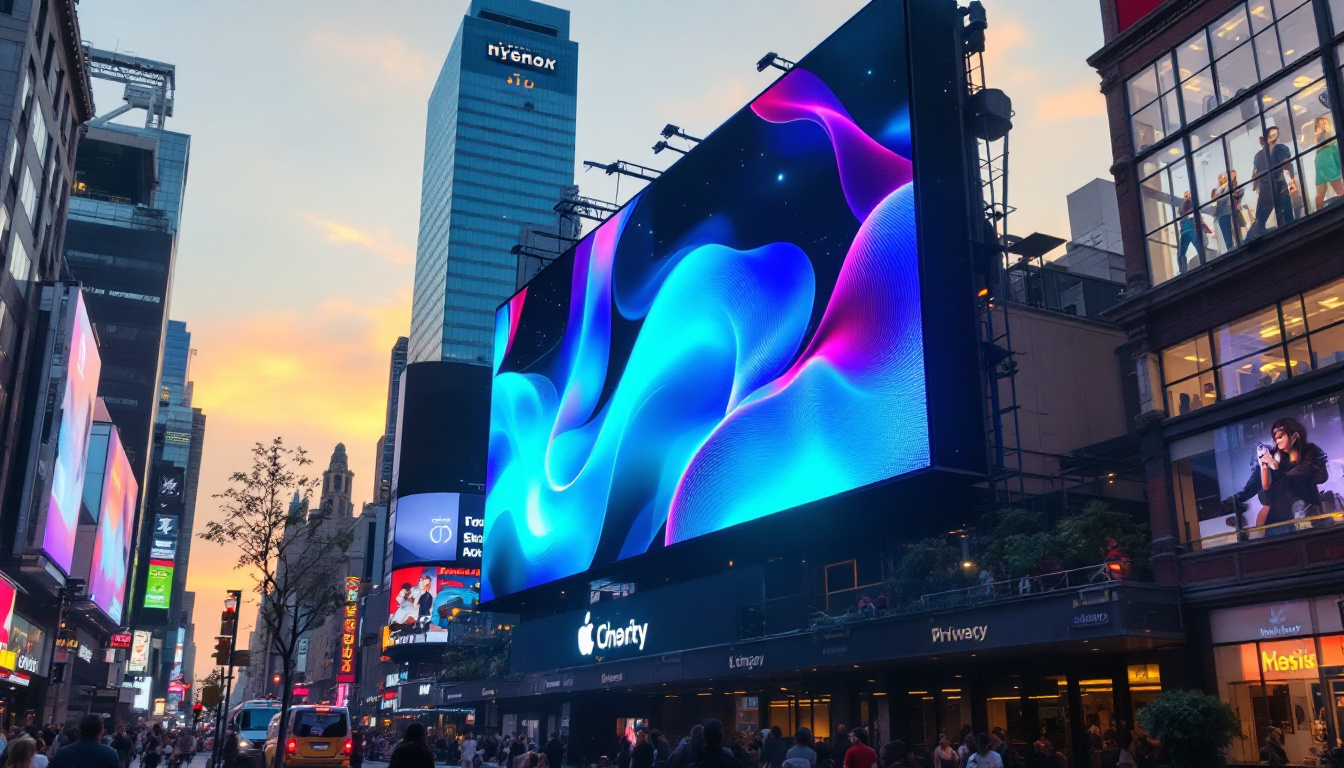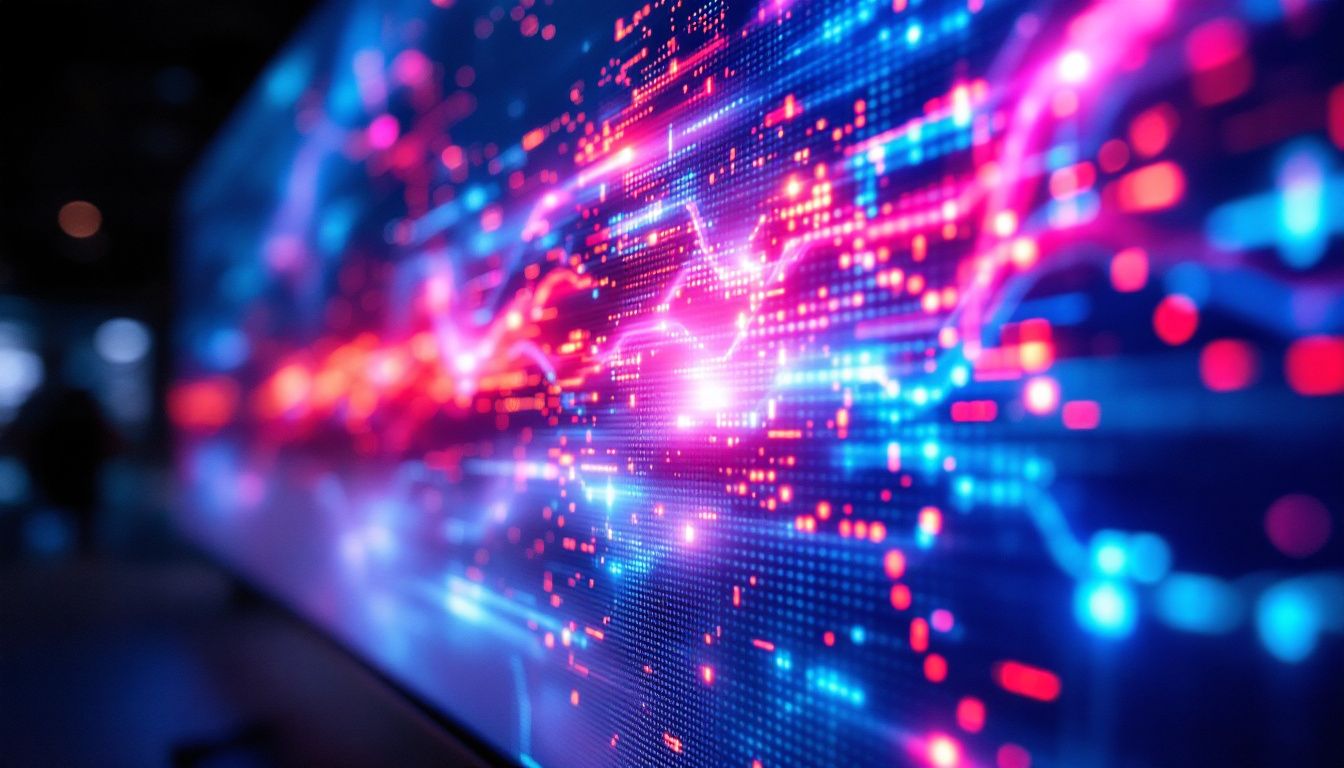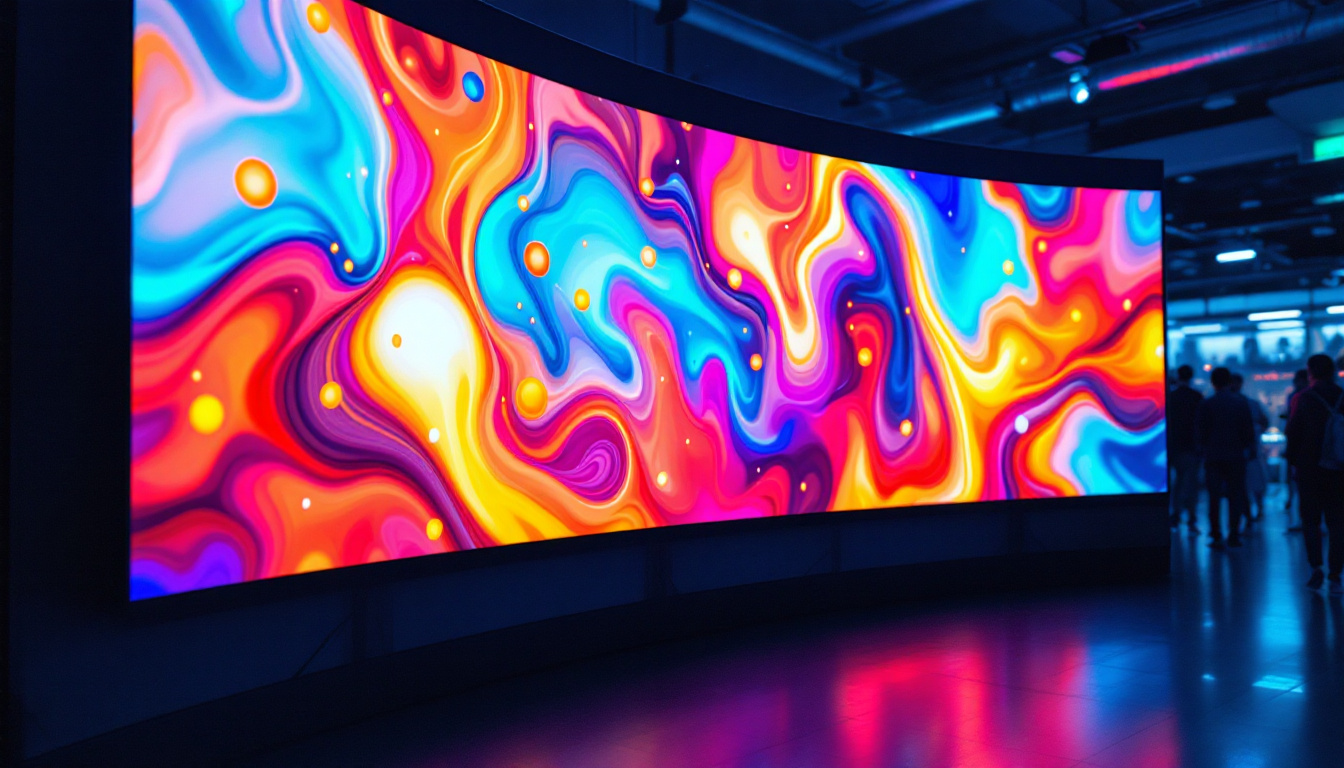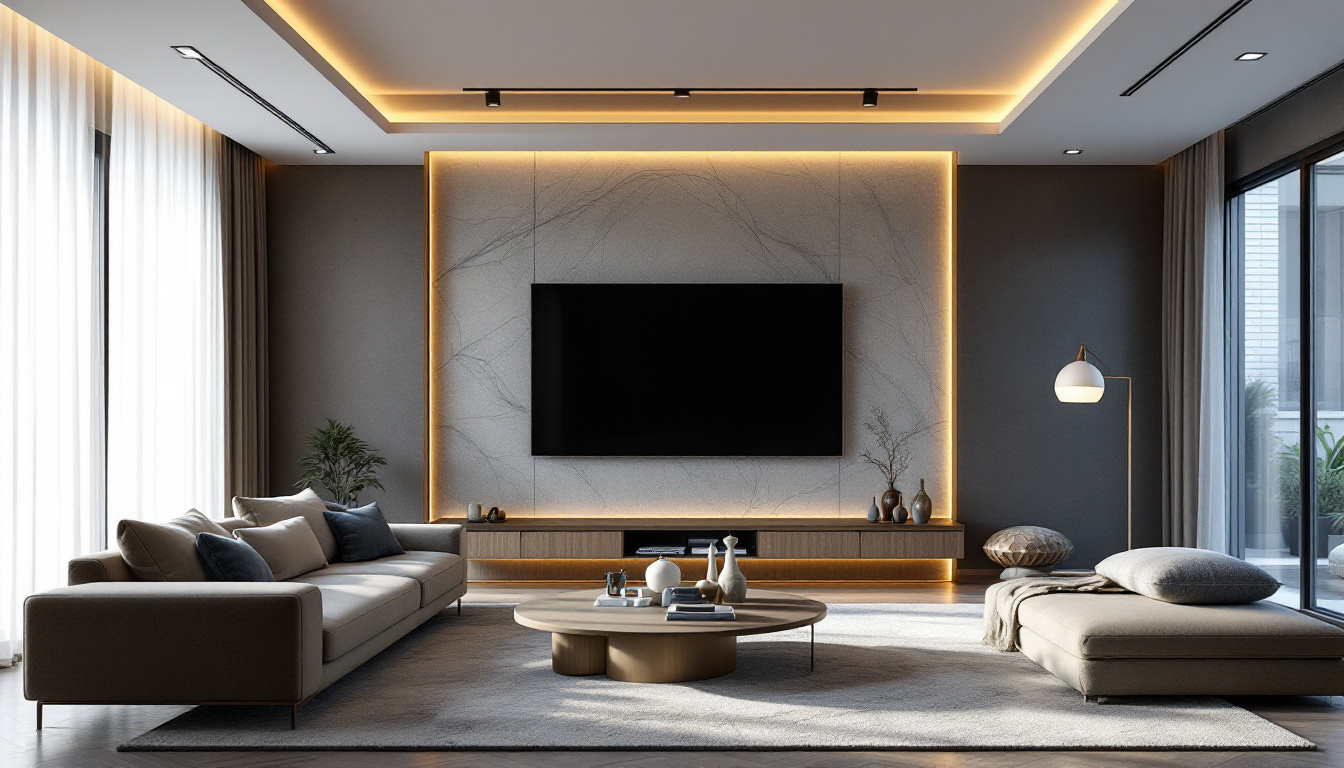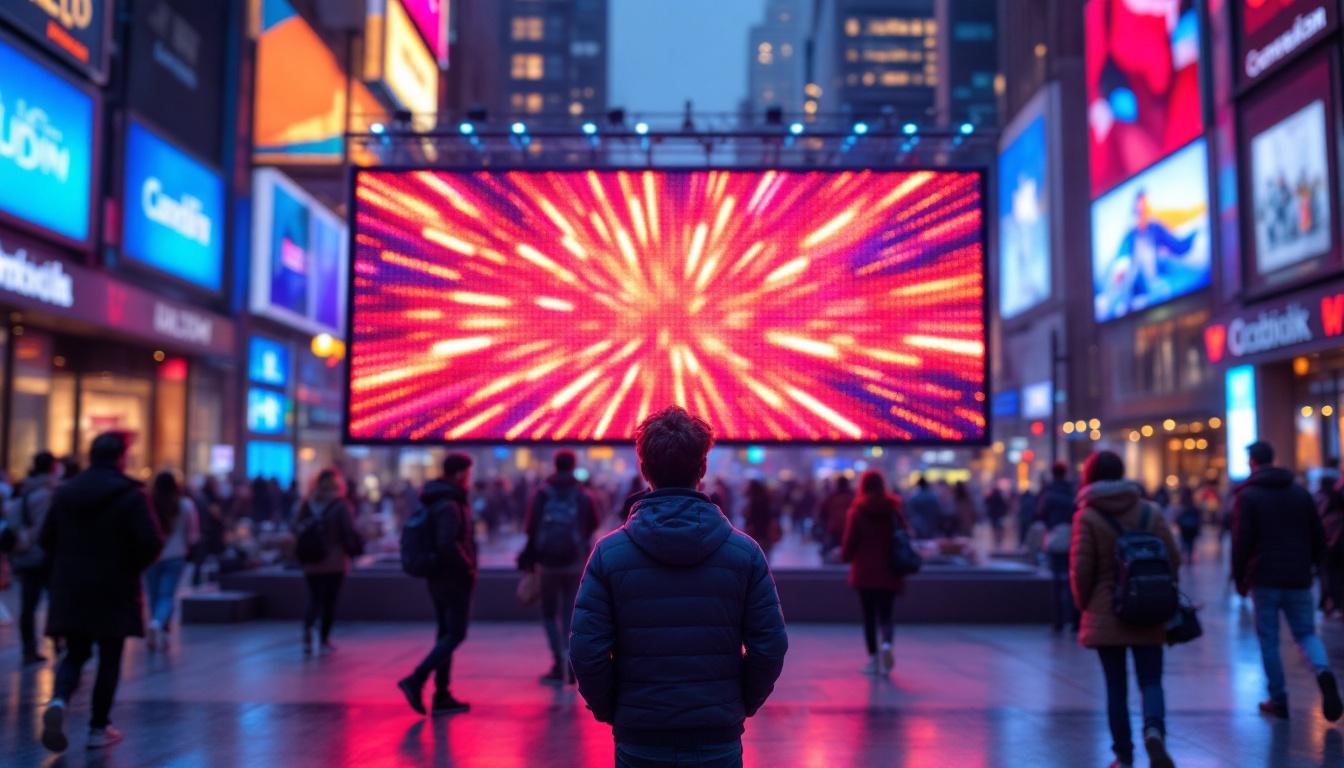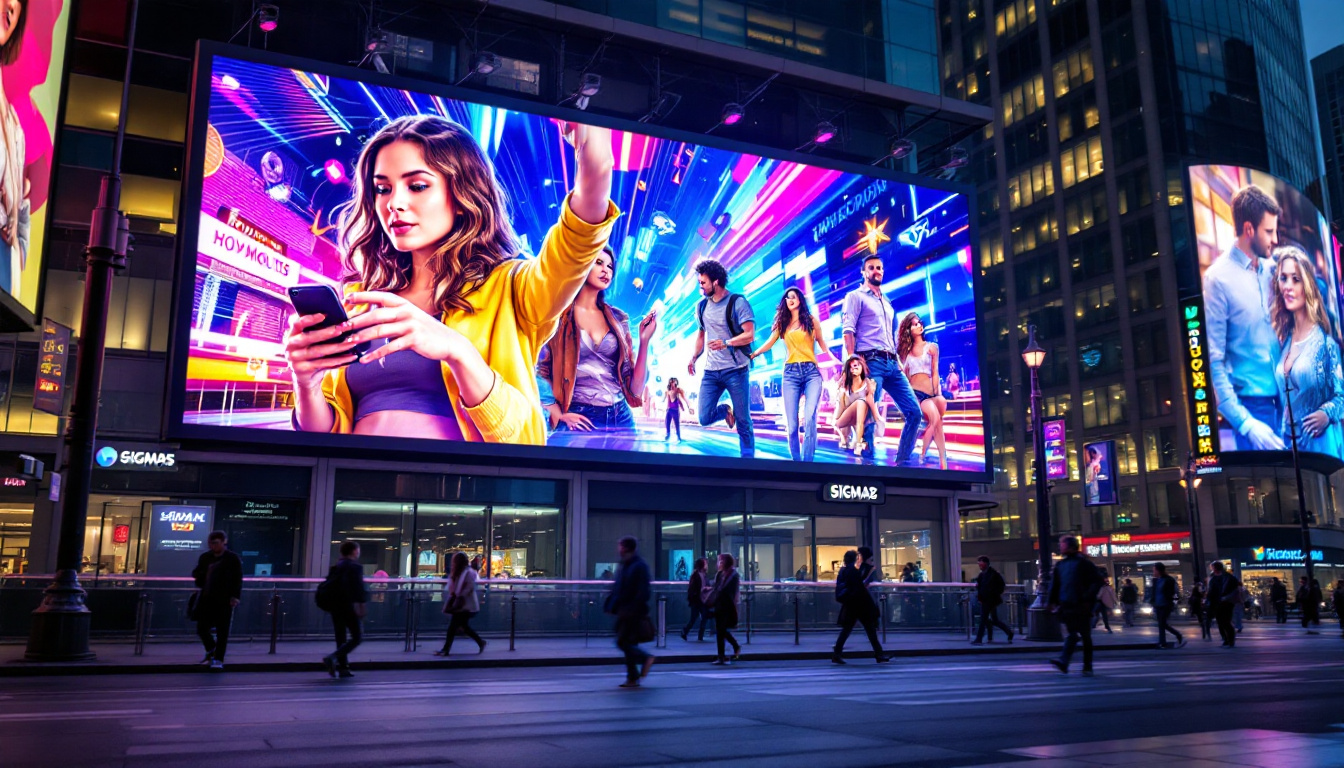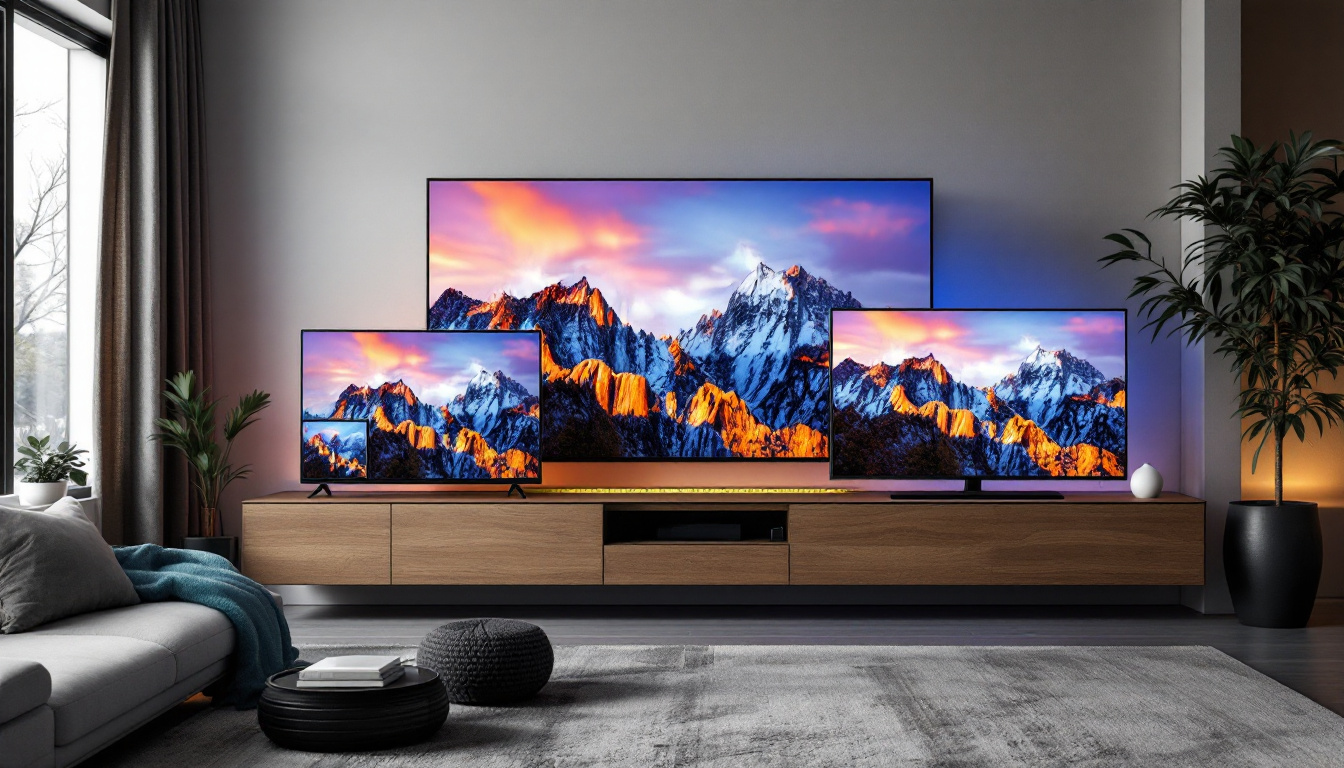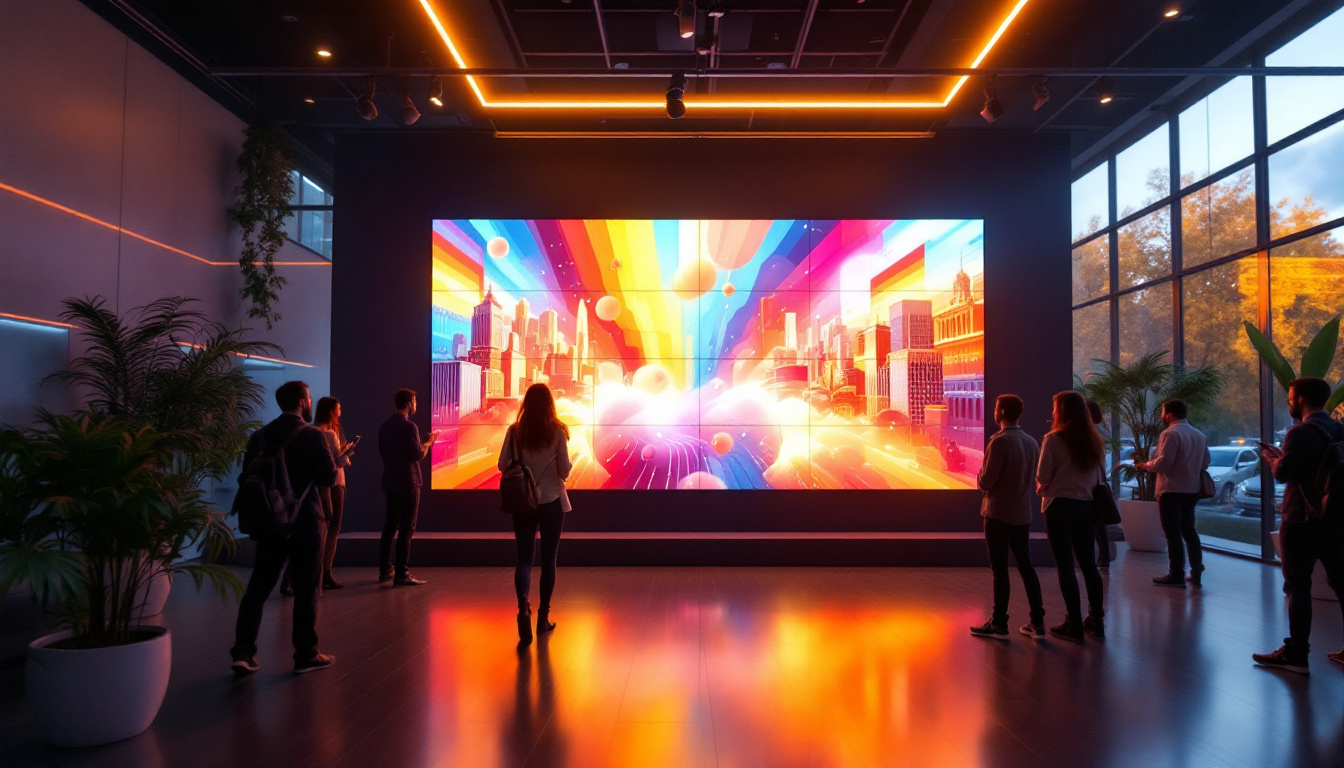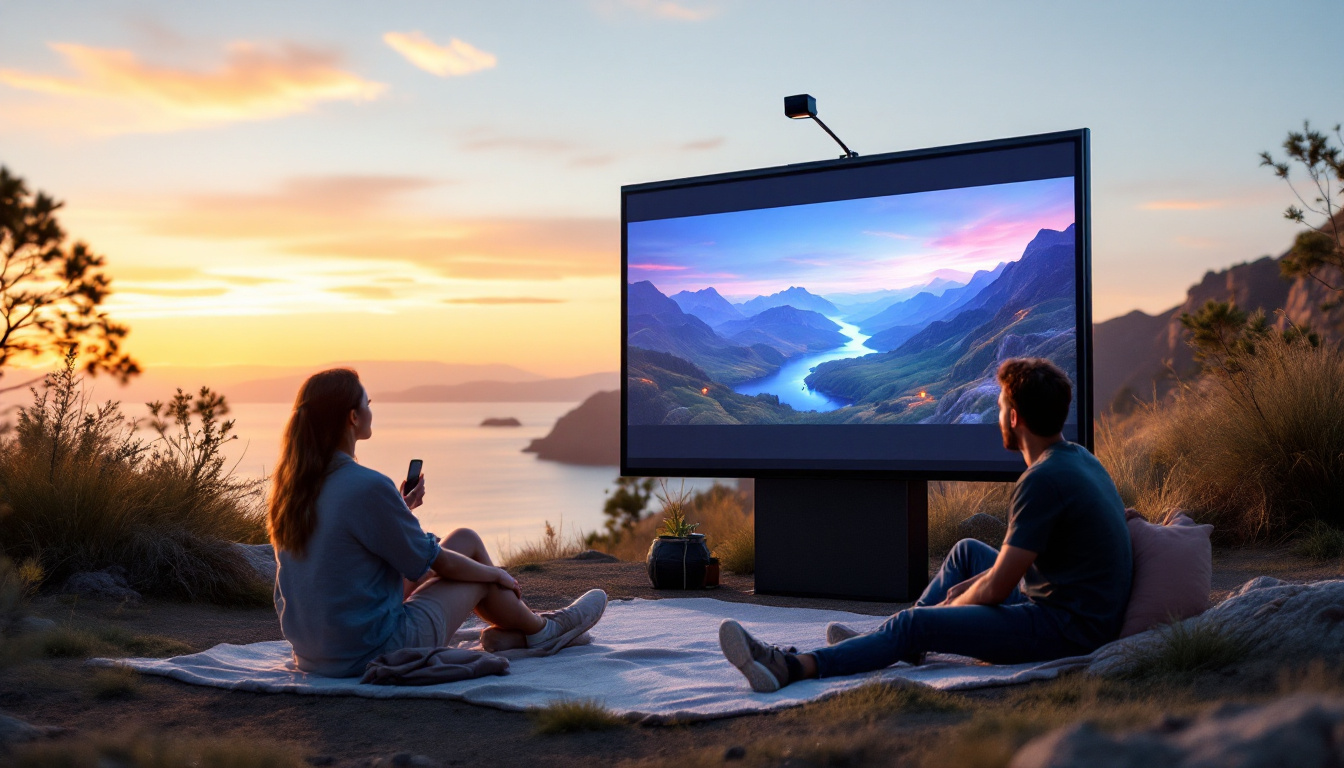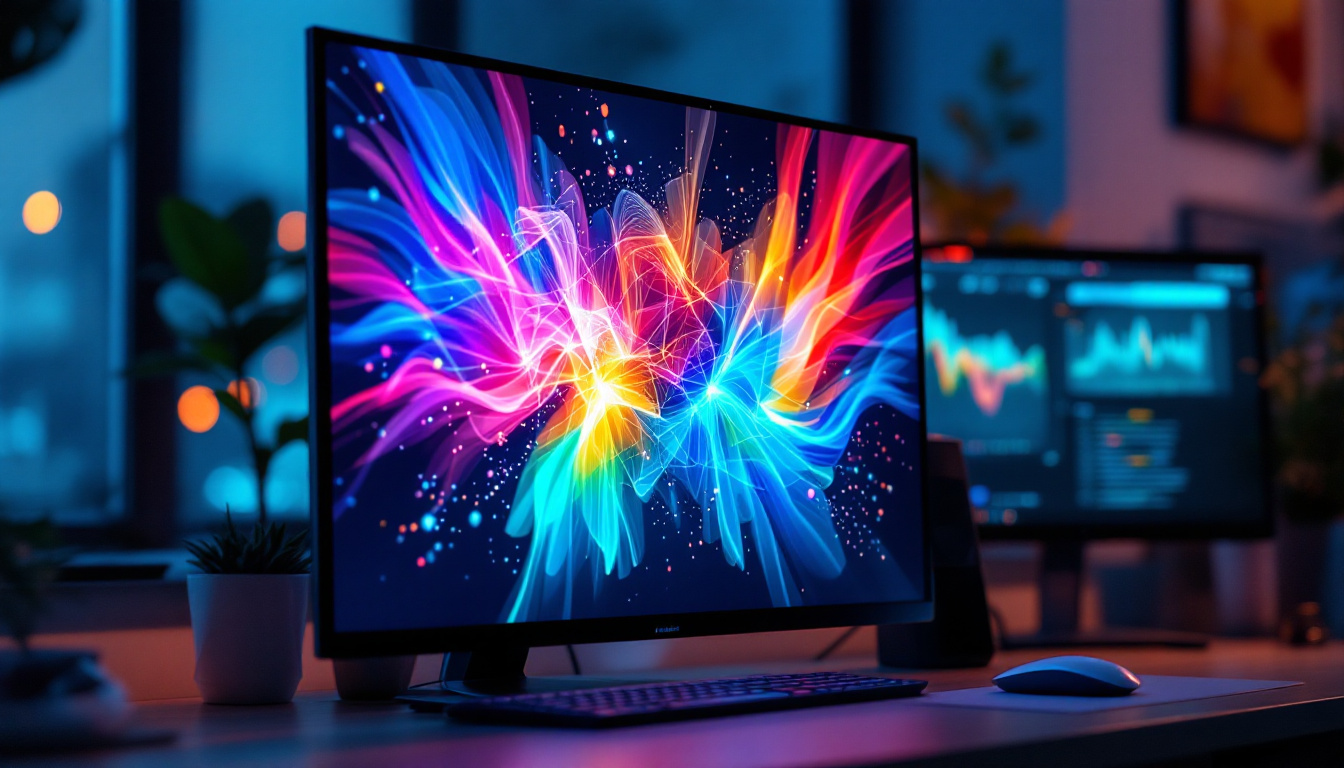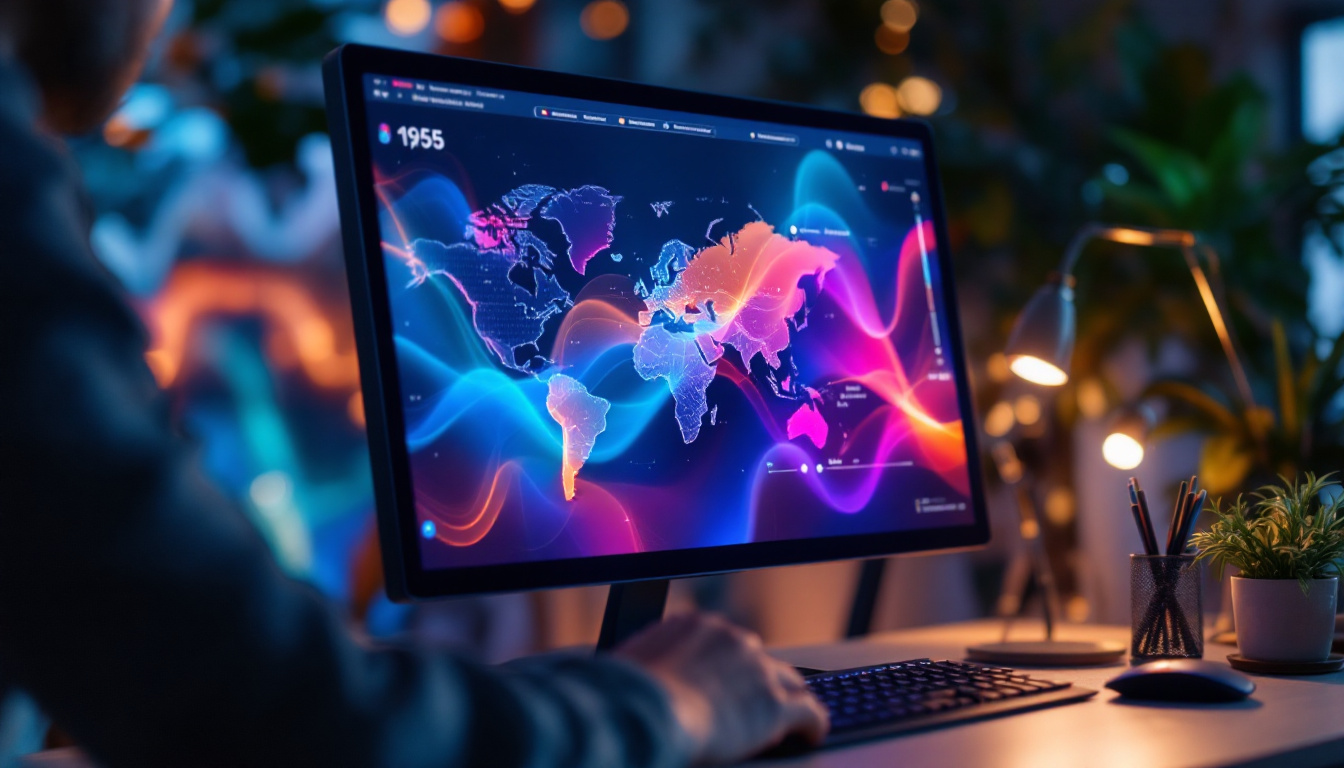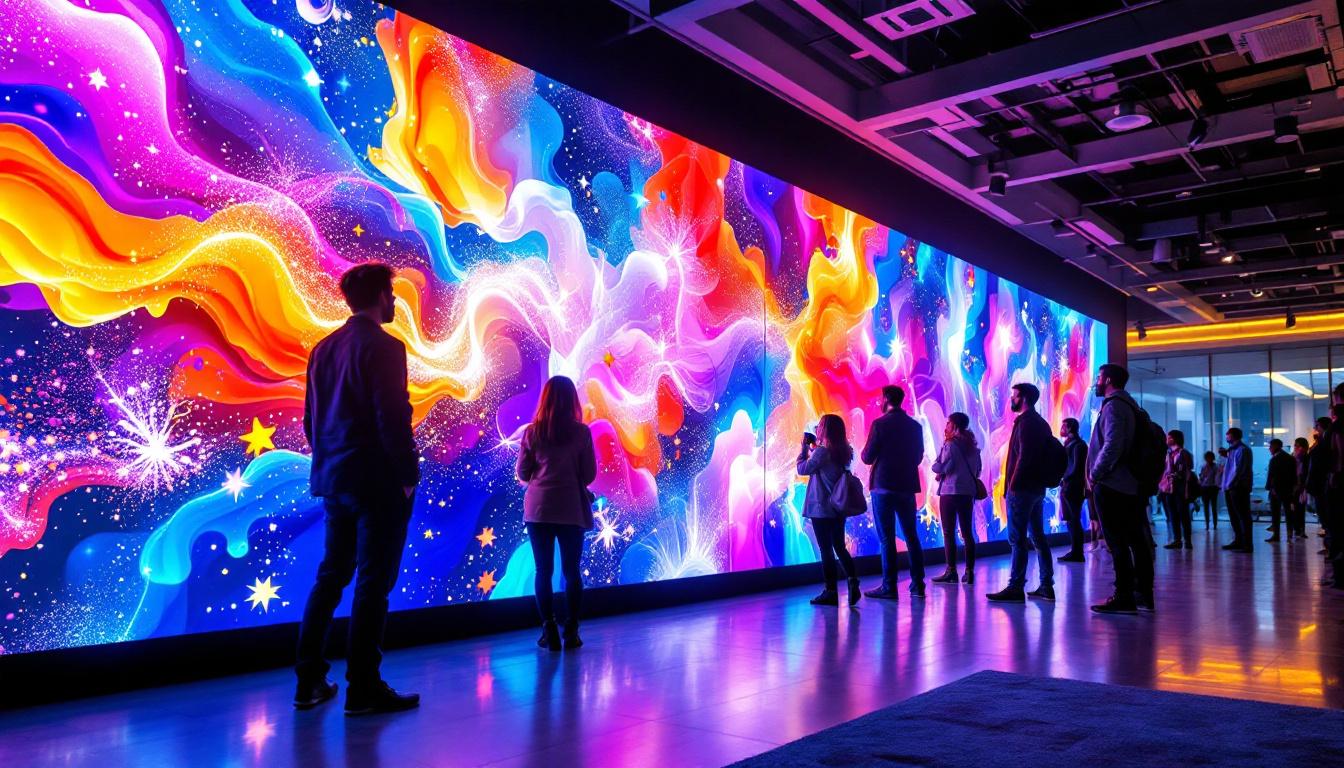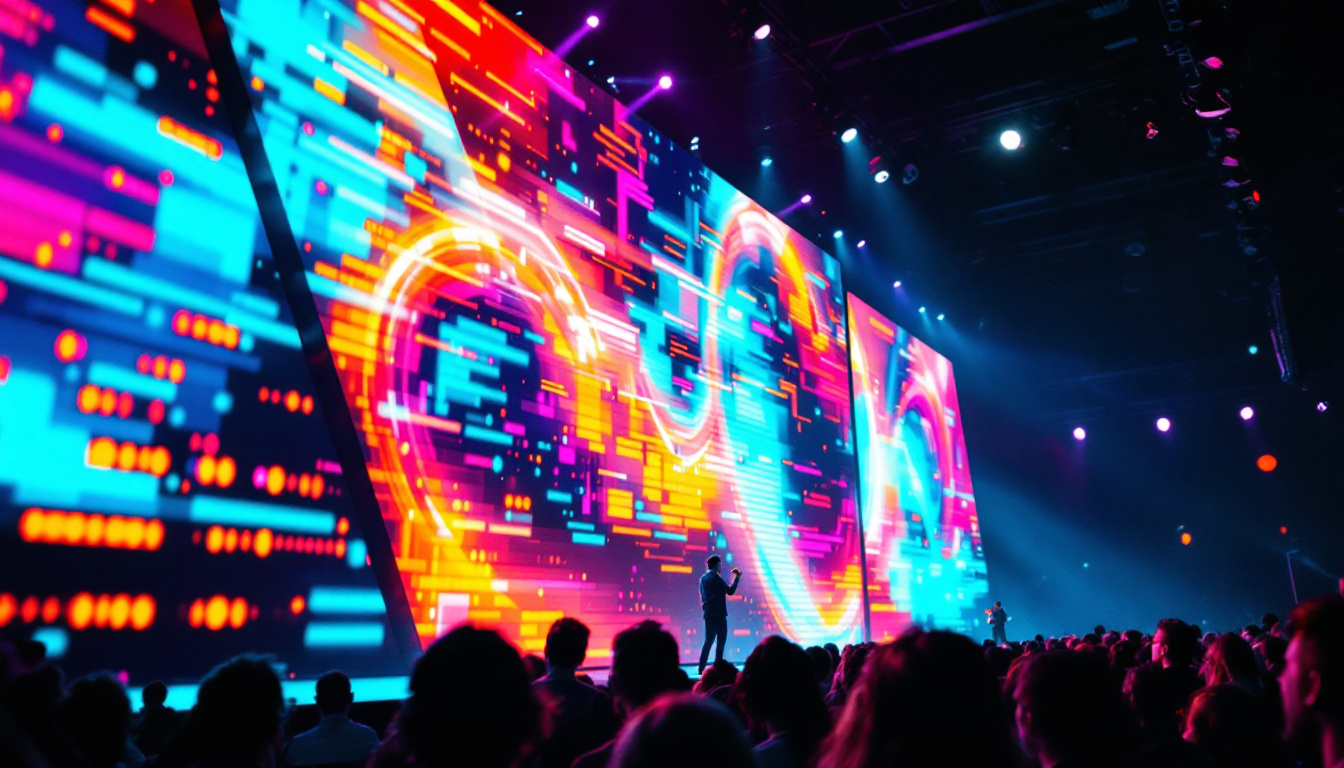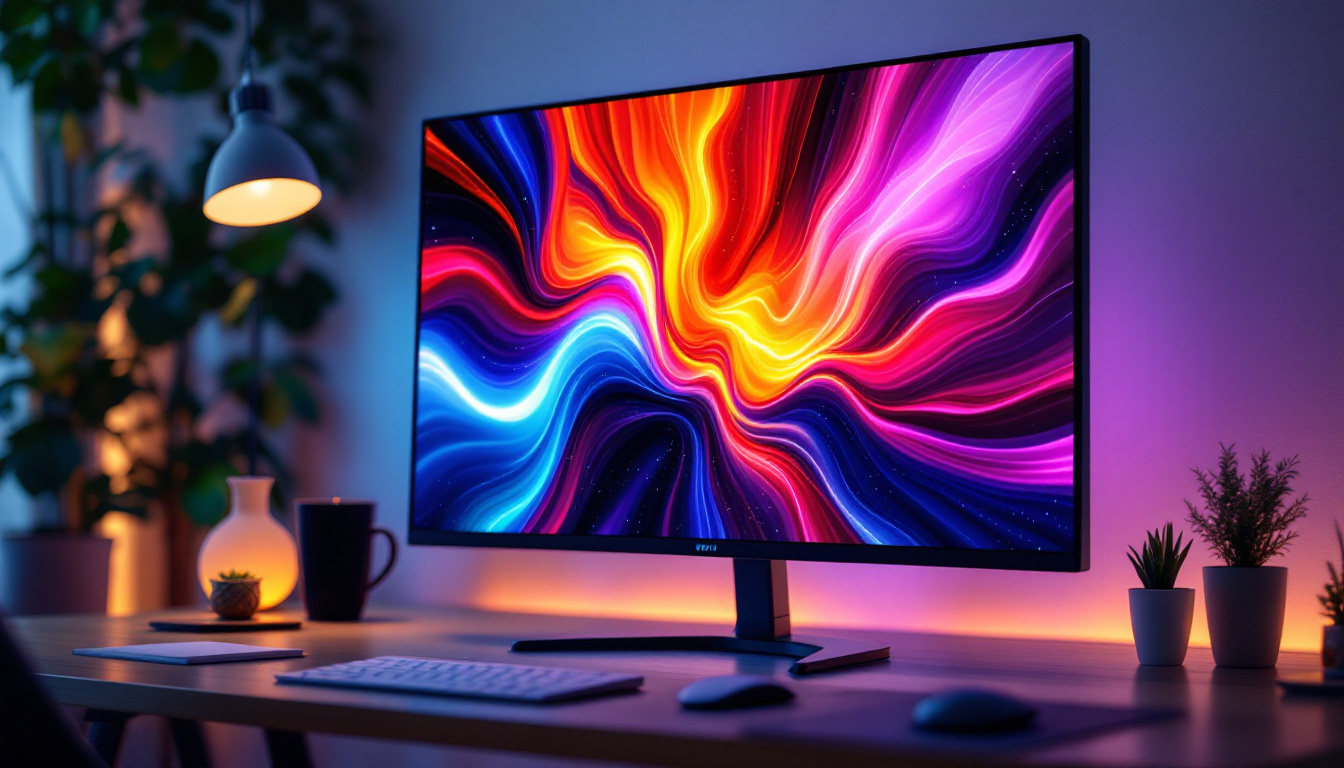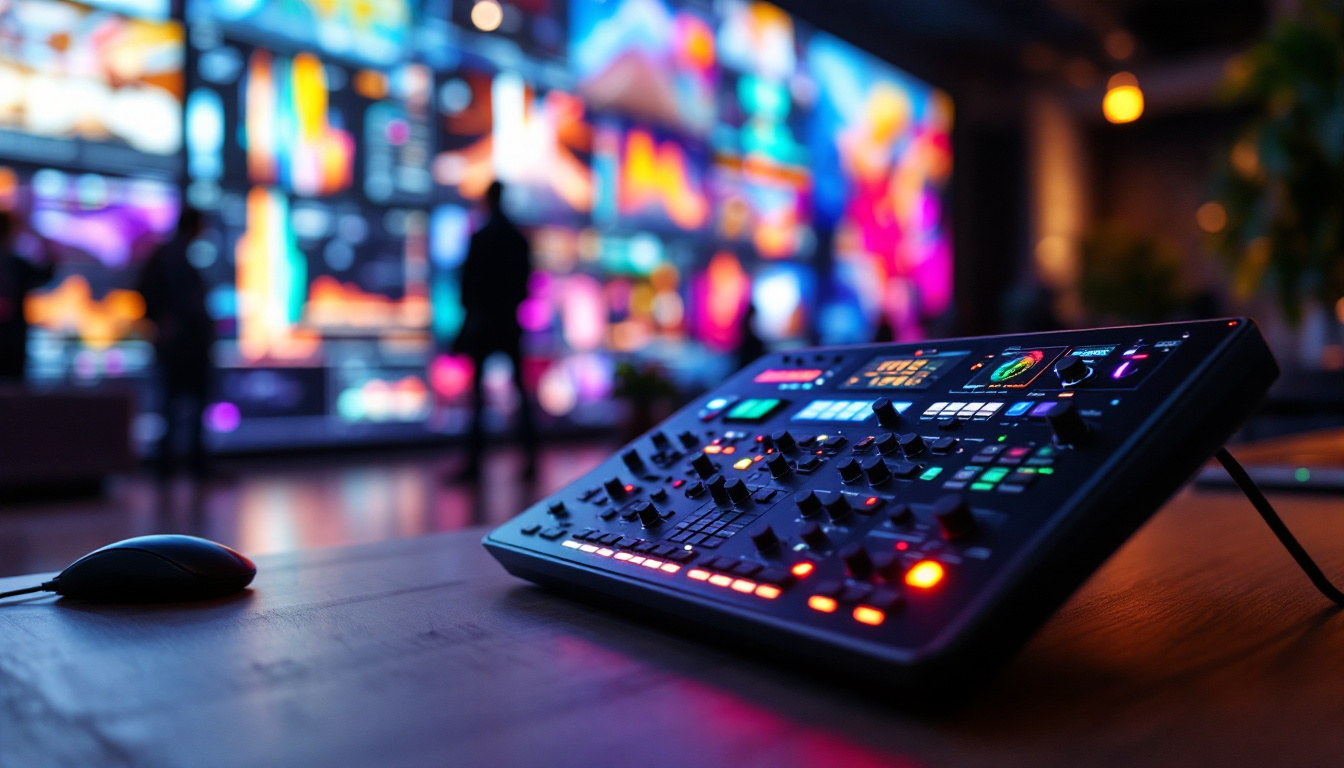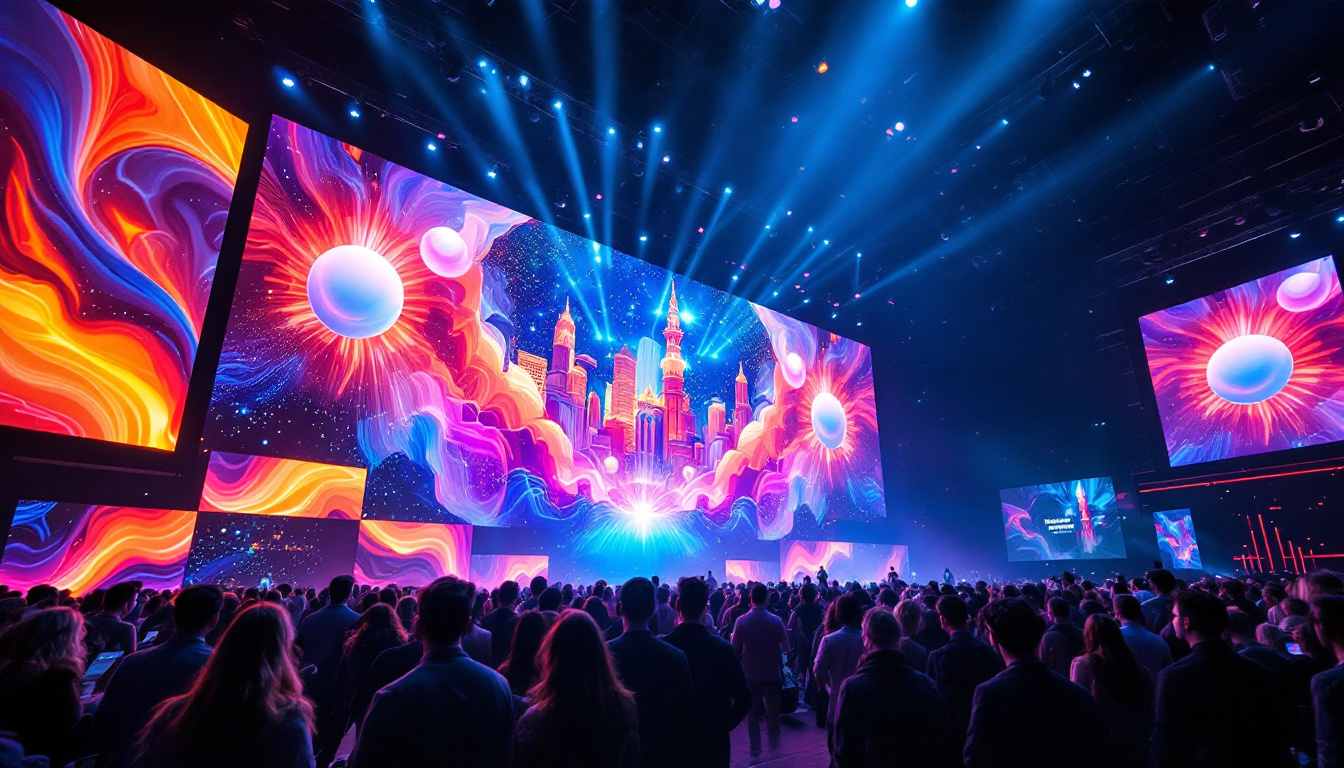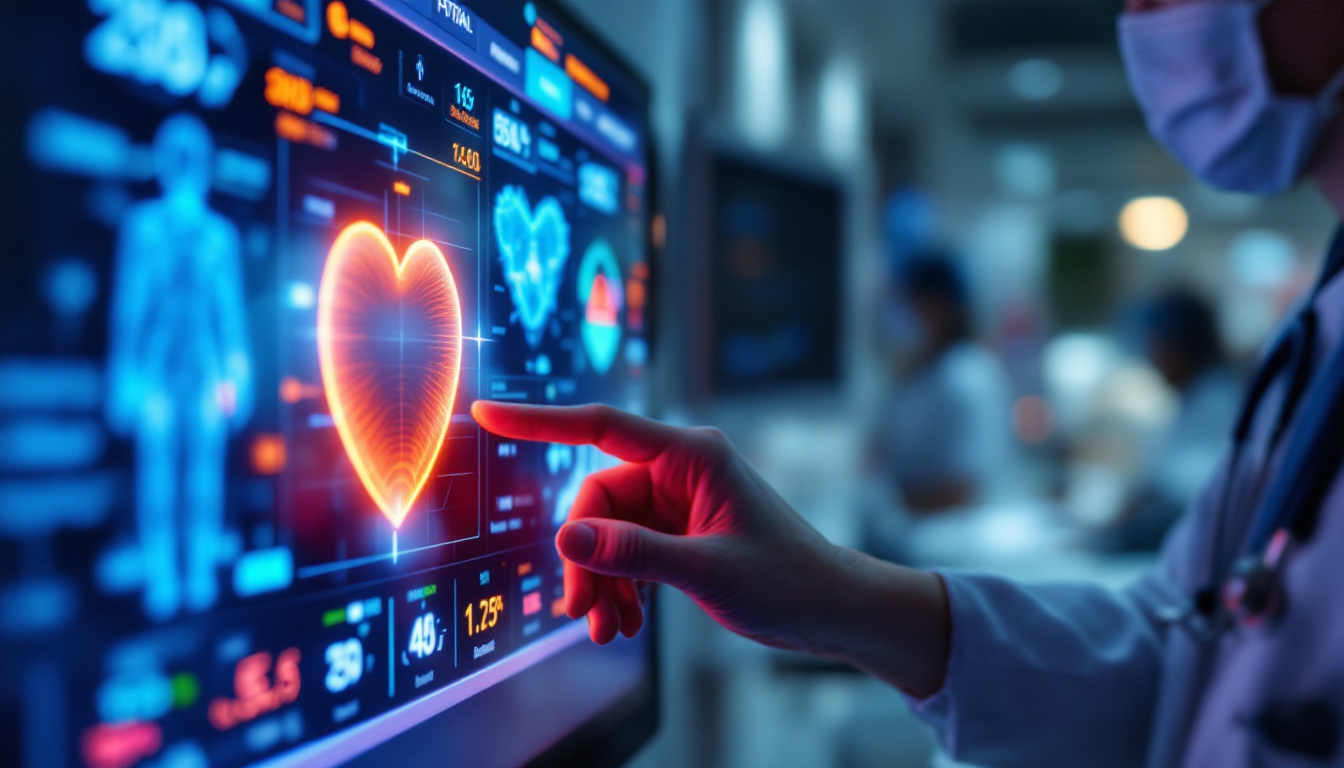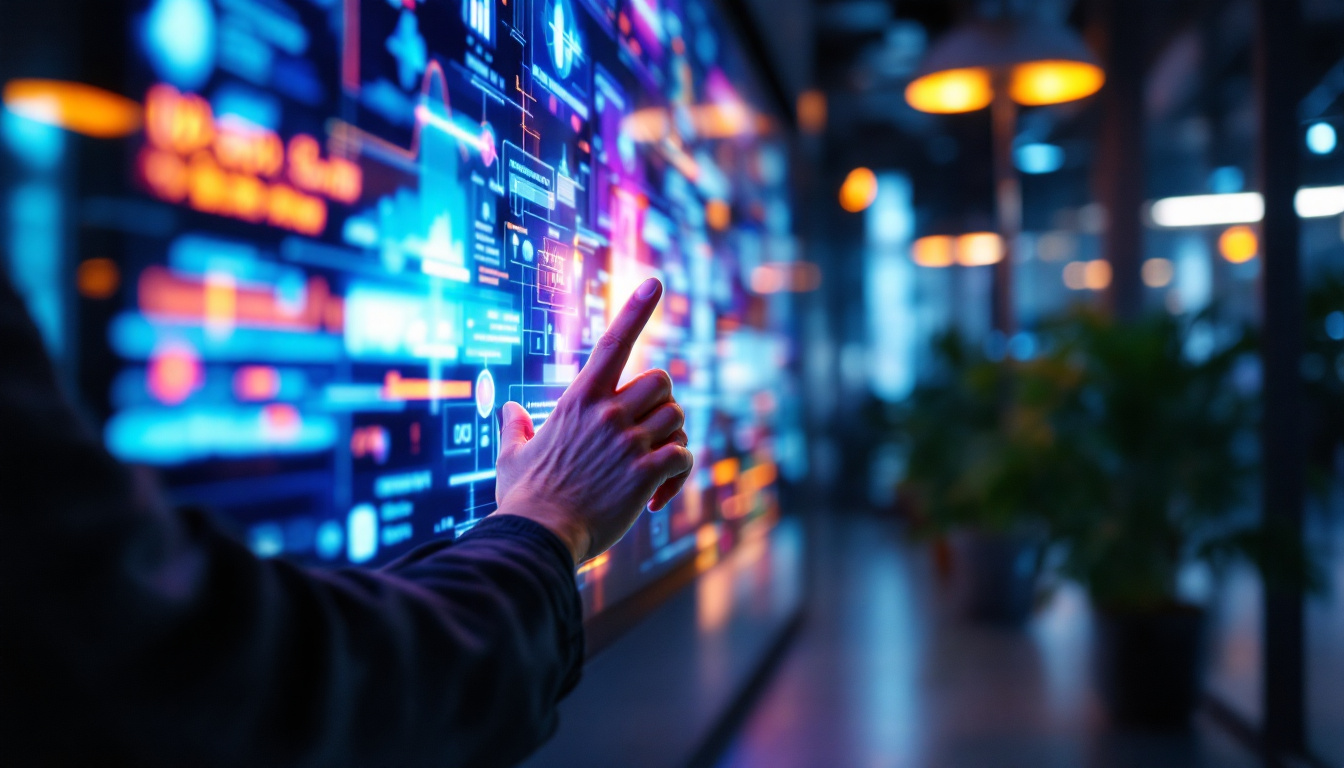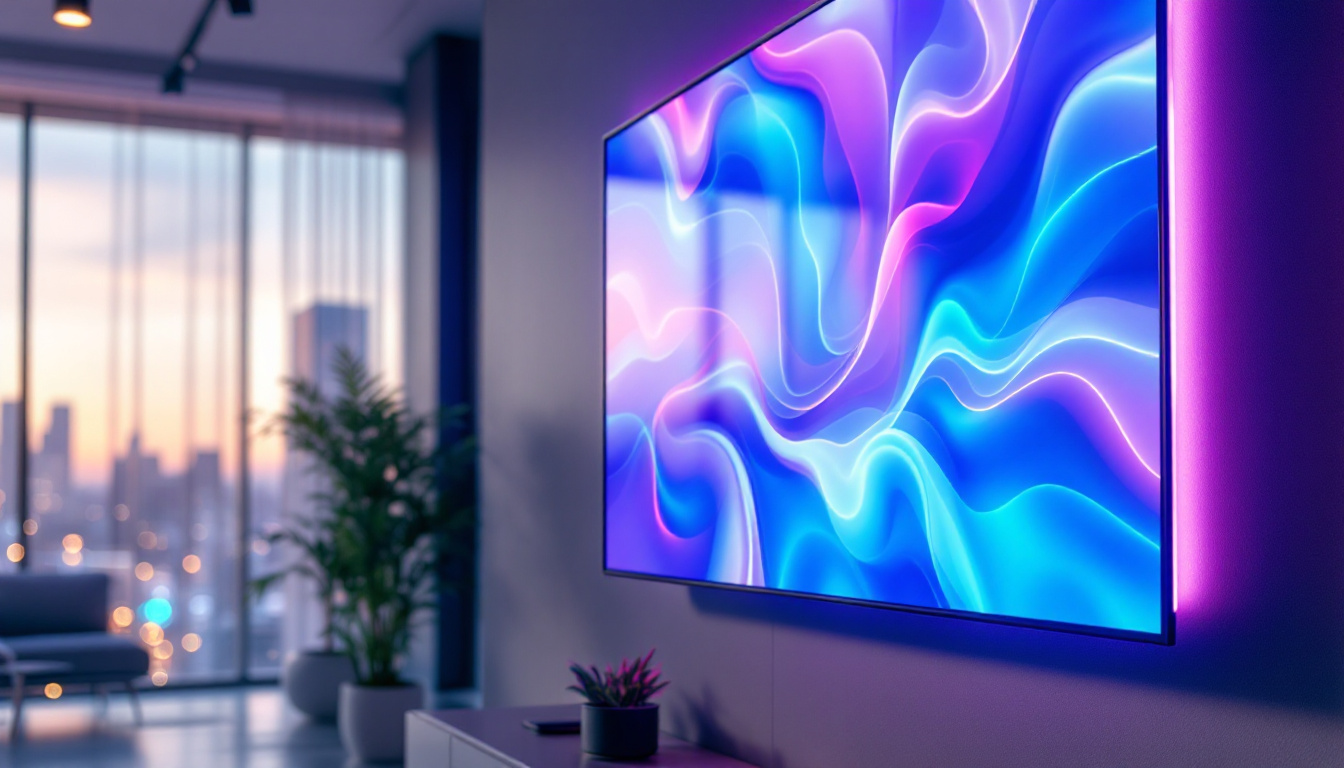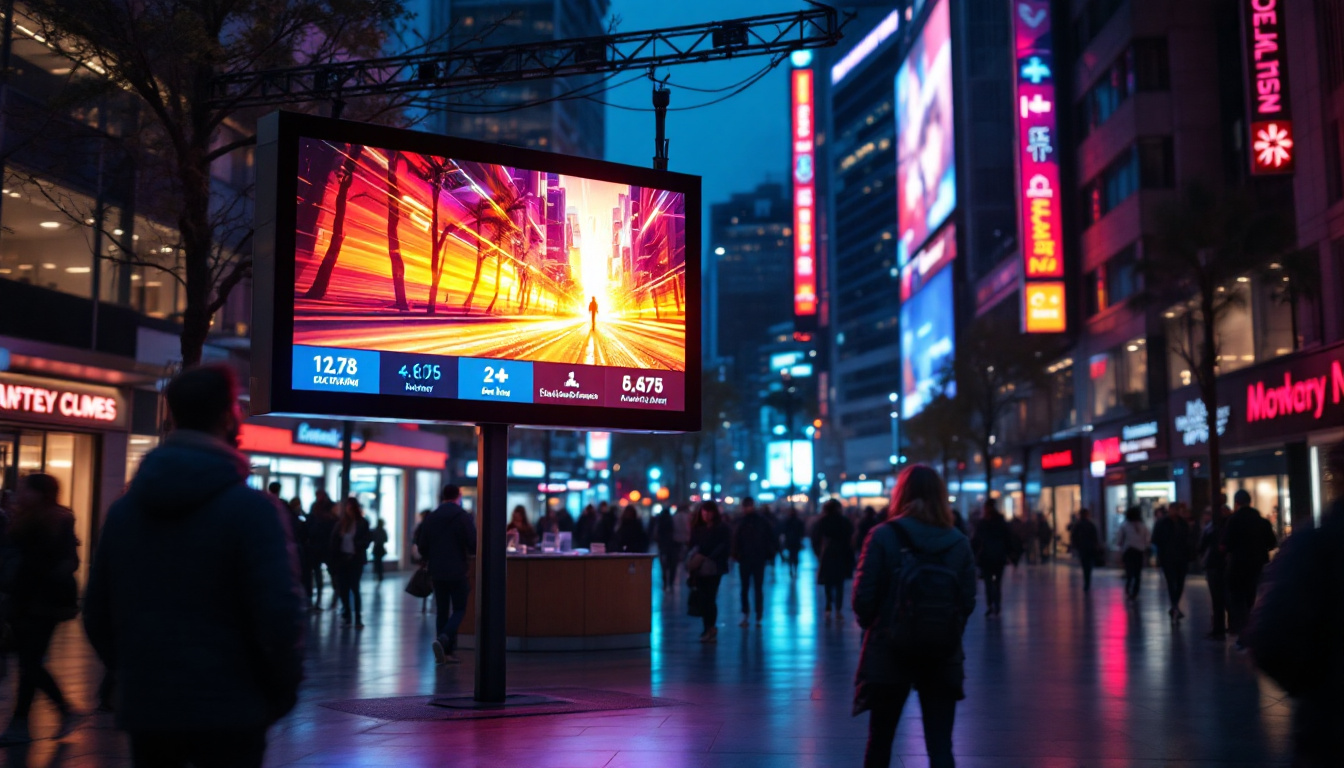In the realm of modern visual communication, LED displays have emerged as a cornerstone technology, revolutionizing the way information is presented and consumed. From large-scale outdoor billboards to intimate indoor screens, LED (Light Emitting Diode) technology offers unparalleled brightness, energy efficiency, and versatility. This article delves into the intricacies of LED displays, exploring their types, applications, advantages, and the role of AV professional services in optimizing their use.
Understanding LED Technology
LED technology is based on semiconductor devices that emit light when an electric current passes through them. This fundamental principle underpins the functionality of LED displays, which consist of numerous tiny LEDs arranged in a grid to form images and videos. The clarity and vibrancy of the visuals produced by LED displays are influenced by several factors, including pixel pitch, brightness, and color accuracy.
Pixel Pitch: The Key to Clarity
Pixel pitch refers to the distance between the centers of two adjacent pixels. It is a critical factor in determining the resolution and clarity of an LED display. A smaller pixel pitch results in higher resolution, making it suitable for close viewing distances. Conversely, a larger pixel pitch may suffice for applications where viewers are positioned further away.
For instance, a pixel pitch of 2mm is ideal for indoor environments where viewers are often just a few feet away, while a 10mm pitch might be appropriate for outdoor displays viewed from a distance of several meters. Understanding pixel pitch is essential for selecting the right LED display for specific applications. Additionally, advancements in technology have led to the development of fine-pitch LED displays, which can achieve pixel pitches as small as 0.9mm. These ultra-high-definition displays are increasingly being used in high-end retail environments and control rooms, where detail and clarity are paramount.
Brightness and Color Accuracy
Brightness is another vital aspect of LED displays. Measured in nits, the brightness level determines how well the display can be seen in various lighting conditions. Outdoor displays typically require higher brightness levels, often exceeding 5,000 nits, to remain visible in direct sunlight. In contrast, indoor displays can operate effectively at lower brightness levels.
Color accuracy is equally important, as it affects the viewer’s perception of the content being displayed. High-quality LED displays can reproduce a wide color gamut, ensuring that images and videos appear vibrant and true to life. This capability is particularly crucial in applications such as advertising, where visual appeal can significantly impact audience engagement. Furthermore, the technology behind color calibration has evolved, allowing for real-time adjustments to maintain color consistency across different displays. This is especially beneficial in environments where multiple screens are used in conjunction, such as in digital signage and immersive experiences, ensuring that the visual narrative remains cohesive and impactful.
Types of LED Displays
LED displays can be categorized based on their application, technology, and configuration. Understanding these categories helps businesses and organizations select the most suitable display for their needs.
Outdoor vs. Indoor LED Displays
Outdoor LED displays are designed to withstand harsh environmental conditions, including rain, wind, and extreme temperatures. These displays are typically built with robust materials and have higher brightness levels to ensure visibility in sunlight. They are commonly used for advertising, public announcements, and event promotions.
Indoor LED displays, on the other hand, are tailored for controlled environments. They often feature lower brightness levels and finer pixel pitches, making them ideal for venues such as conference rooms, retail spaces, and concert halls. The design of indoor displays prioritizes aesthetics and viewer experience, ensuring that content is engaging and visually appealing.
Fixed vs. Rental LED Displays
Fixed LED displays are permanently installed in a specific location, making them suitable for long-term applications. These displays are often used in stadiums, shopping malls, and corporate buildings, where consistent messaging is required. Their installation involves careful planning to ensure optimal viewing angles and integration with existing infrastructure.
Rental LED displays, in contrast, are designed for temporary use. They are modular and can be easily assembled and disassembled, making them ideal for events such as concerts, trade shows, and corporate functions. The flexibility of rental displays allows organizations to adapt to varying event sizes and layouts, providing a cost-effective solution for dynamic environments.
Applications of LED Displays
The versatility of LED displays enables their use across a wide range of industries and applications. From entertainment to education, these displays play a crucial role in enhancing communication and engagement.
Advertising and Marketing
One of the most prominent applications of LED displays is in advertising and marketing. Businesses utilize outdoor LED billboards to capture the attention of passersby with dynamic content that can be updated in real-time. This capability allows for targeted advertising campaigns that can respond to changing market conditions or audience preferences.
Indoor LED displays are equally effective in retail environments, where they can showcase promotions, product information, and brand messaging. The ability to display high-quality visuals helps businesses create immersive shopping experiences that drive customer engagement and sales.
Events and Entertainment
In the entertainment industry, LED displays have transformed the way audiences experience live events. Concerts, festivals, and sporting events often feature large LED screens that enhance the visual spectacle. These displays can be synchronized with audio and lighting, creating a cohesive and captivating experience for attendees.
Moreover, LED technology is increasingly used in theater productions and corporate events, where dynamic backdrops and visual effects can elevate storytelling and presentations. The flexibility of LED displays allows for creative staging solutions that can adapt to the unique requirements of each event.
Advantages of LED Displays
The adoption of LED displays offers numerous advantages that contribute to their popularity across various sectors. Understanding these benefits can help organizations make informed decisions when investing in display technology.
Energy Efficiency
LED displays are known for their energy efficiency compared to traditional display technologies. They consume significantly less power, which not only reduces operational costs but also minimizes environmental impact. This energy efficiency is particularly beneficial for businesses that operate large-scale displays, as it can lead to substantial savings over time.
Longevity and Durability
Another key advantage of LED displays is their longevity. High-quality LED panels can last up to 100,000 hours, significantly outpacing other display technologies. This durability makes LED displays a cost-effective investment, as they require less frequent replacements and maintenance. Additionally, their robust construction allows them to withstand harsh environmental conditions, particularly in outdoor applications.
The Role of AV Professional Services
While LED displays offer numerous benefits, their successful implementation often requires the expertise of AV professional services. These specialists play a crucial role in ensuring that the display technology is integrated seamlessly into the intended environment.
Design and Planning
AV professionals begin by assessing the specific needs of the client, including the intended application, audience, and viewing environment. This assessment informs the design and planning process, where factors such as display size, pixel pitch, and placement are carefully considered. A well-planned installation maximizes the effectiveness of the LED display and enhances the overall viewer experience.
Installation and Calibration
Once the design is finalized, AV professionals handle the installation process. This involves mounting the display, configuring the hardware, and ensuring proper connectivity with other systems. Calibration is a critical step that involves adjusting brightness, color settings, and other parameters to achieve optimal performance. Professional installation and calibration ensure that the display operates at its best, providing high-quality visuals that meet the client’s expectations.
Ongoing Support and Maintenance
AV professional services also provide ongoing support and maintenance to ensure the longevity and reliability of LED displays. Regular maintenance checks can identify potential issues before they escalate, minimizing downtime and ensuring that the display continues to function effectively. Additionally, AV professionals can assist with software updates and content management, allowing clients to keep their displays fresh and engaging.
Future Trends in LED Display Technology
The LED display industry is continuously evolving, driven by advancements in technology and changing consumer preferences. Several trends are shaping the future of LED displays, making them even more versatile and impactful.
Smart Displays and Integration
As the Internet of Things (IoT) continues to expand, LED displays are becoming increasingly integrated with smart technologies. This integration allows for real-time data sharing, interactive content, and enhanced audience engagement. For instance, smart LED displays can adjust their brightness based on ambient light conditions or display personalized content based on viewer demographics.
This level of interactivity opens up new possibilities for advertisers and event organizers, enabling them to create more targeted and engaging experiences for their audiences.
Advancements in Resolution and Flexibility
Technological advancements are also leading to improvements in resolution and flexibility. MicroLED technology, for example, offers higher pixel densities and improved color accuracy, making it suitable for applications requiring ultra-high-definition visuals. Additionally, flexible LED displays are emerging, allowing for innovative shapes and configurations that can adapt to various environments.
Conclusion
LED displays have transformed the landscape of visual communication, offering unparalleled brightness, energy efficiency, and versatility. Understanding the intricacies of LED technology, the various types of displays, their applications, and the advantages they provide is essential for organizations looking to leverage this technology effectively.
Moreover, the expertise of AV professional services plays a crucial role in ensuring that LED displays are integrated seamlessly into their intended environments, maximizing their impact and effectiveness. As the industry continues to evolve, staying informed about future trends will be key to harnessing the full potential of LED display technology.
In a world where visual communication is paramount, LED displays stand out as a powerful tool for engagement, making them an invaluable asset for businesses and organizations across various sectors.
Discover LumenMatrix LED Display Solutions
Ready to elevate your visual communication with cutting-edge LED technology? LumenMatrix is at the forefront of innovation, offering a diverse range of LED display solutions tailored to your needs. Whether you’re looking for Indoor LED Wall Displays, Outdoor LED Wall Displays, or specialized options like Vehicle, Sports, or Floor LED Displays, LumenMatrix has the expertise to bring your vision to life. Experience the power of enhanced engagement and brand visibility. Check out LumenMatrix LED Display Solutions today and transform your space into a captivating visual experience.

